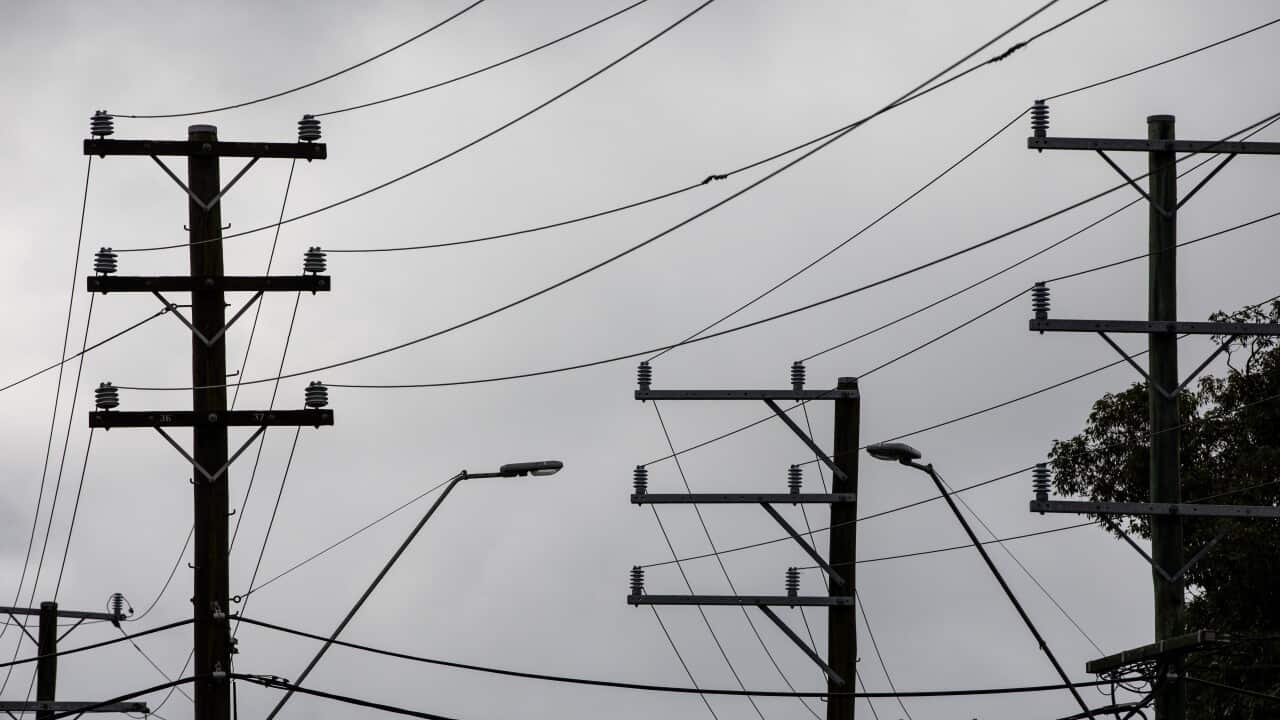Key Points
- From 1 July, residential customers will see price power bill increases of up to 24.9 per cent.
- Small business customers are facing lifts of 14.7 per cent to 28.9 per cent.
- It follows new maximum prices set by the Australian Energy Regulator amid the cost of living crisis.
Australians have been dealt another blow in the with thousands of households set to see their energy bills surge this winter.
Power prices for impacted households and businesses will rise by nearly 25 per cent under a new ceiling electricity price set by the energy regulator.
Here’s what you need to know.
Why are electricity prices rising?
The price rises are taking place under a new ceiling electricity price set by Australia’s Energy Regulator.
The default market offer fixes the maximum price retailers can charge customers in NSW, South Australia and southeast Queensland.
The regulator said high wholesale energy costs continued to drive up retail electricity prices.
Around 9 per cent of customers are charged the default market rate, which effectively acts as a safety net to ensure domestic users are not charged obscene amounts.
Most customers are on lower, discounted rates, but the default offer also serves as a benchmark for wider prices.
How much are electricity bills increasing?
Retailers have not yet released figures for how bills will change, but dollar amounts will vary depending on the location and size of your home or business.

Power bills in some parts of Australia will increase by nearly 25 per cent from 1 July. Source: AAP / David Mariuz
Small business customers are facing lifts of 14.7 per cent to 28.9 per cent.
NSW customers on the default offer can expect to see prices lift by $440 to $594 annually, depending on their region, while relevant households in southeast Queensland could end up paying an extra $402.
In South Australia, residential customers can expect prices to lift by around $512.
The budget estimated retail electricity prices would increase by 10 per cent in 2023/24.
Does the government provide support for energy bills?
Sarah McNamara, Chief Executive of the Australian Energy Council – the peak body for electricity and natural gas businesses – said there is support available for customers.
Ms McNamara said retailers were working with the government to ensure its Energy Price Relief Plan rebates will be delivered directly via customers’ bills starting from July.
“The Federal rebates, along with additional support from State and Territory governments, will be up to $500 per customer - which should assist with cost-of-living pressures,” she said in a statement.
“Eligible customers include those already receiving energy concessions and rebates. Other eligible customers will be contacted by the Government in September advising them how they can receive the payment.”
Ms McNamara said energy retailers also have support options available for those struggling to pay their bills, and advised concerned customers to contact their energy retailers to find out about support options.
How can you save money on energy bills?
As well as government subsidies, making changes around your home and energy use could help reduce your bill.
Peter Giles, electricity expert at comparison website CHOICE, recommends switching to energy-efficient appliances and systems if possible.
"The top way to reduce your energy bill is to put a solar system on your house if you're a homeowner," he said.
"Heat pump systems are also very efficient, so if you can upgrade to those systems it can be worth doing and can reduce your bills.
"You can make quite big savings by going to some of those more efficient appliances, particularly heating and cooling and hot water systems."
Mr Giles also suggests switching energy retailer and comparing prices from different providers through the government's Energy Made Easy site.
"The longer you stay with an energy retailer, the more likely it is that you're paying more, " he said.
"They often offer a deal to switch to them, which is more attractive, but it only lasts a certain time and then you go to a default market offer... our data shows you can save $350 a year just by switching to a different retailer."












